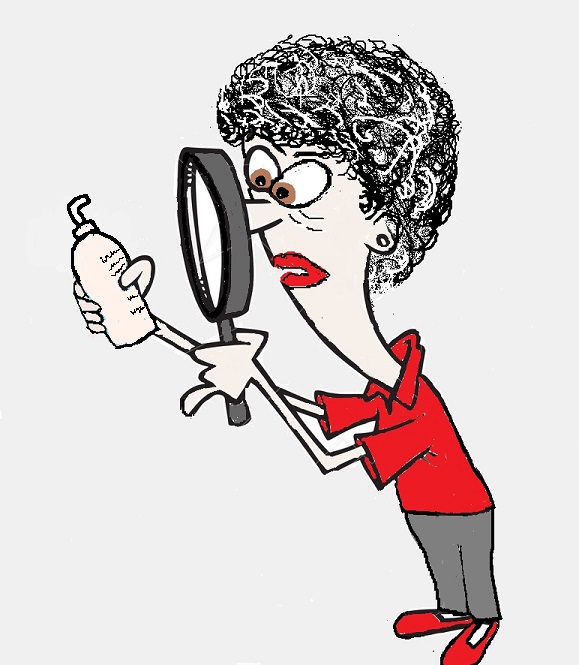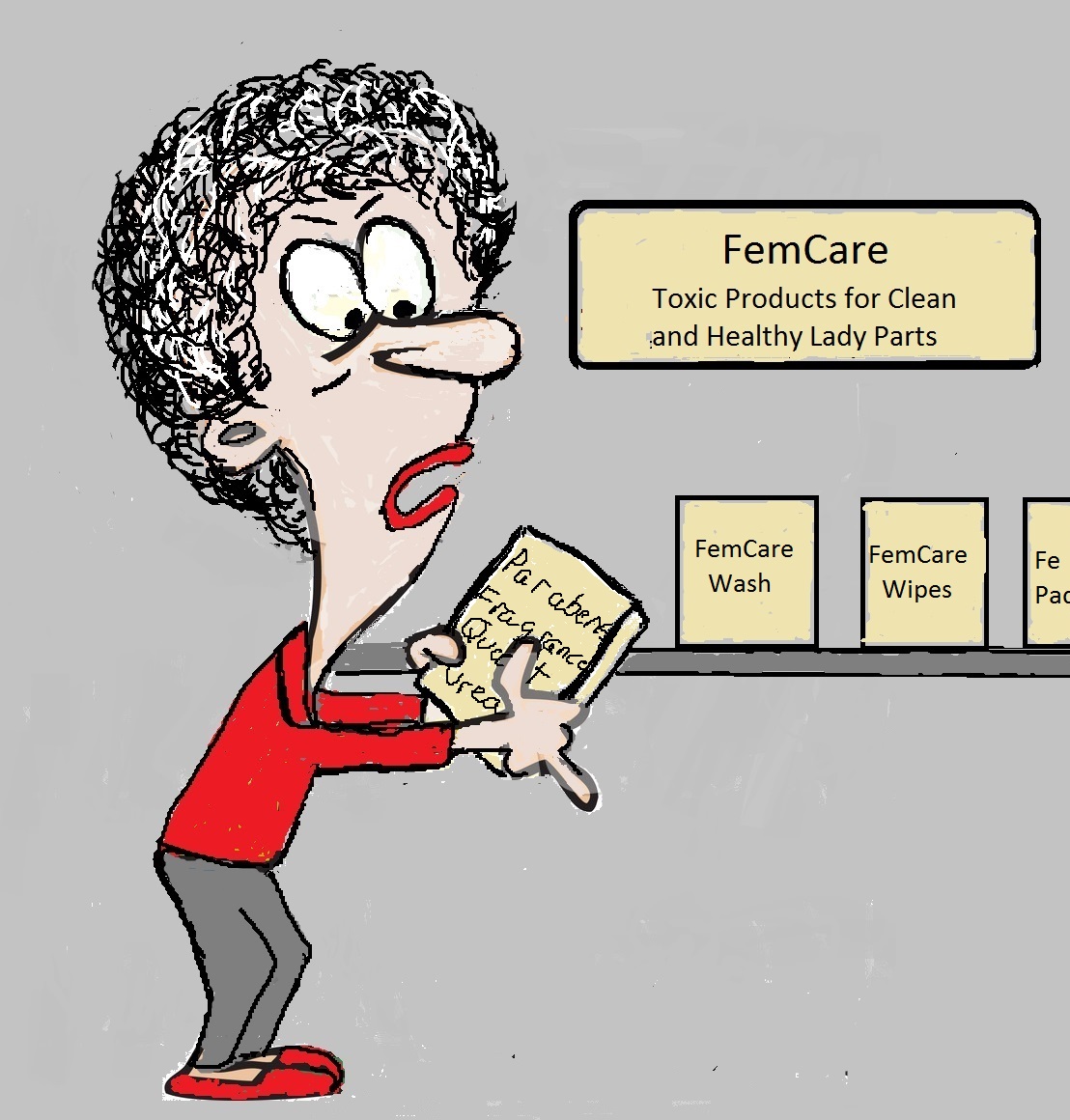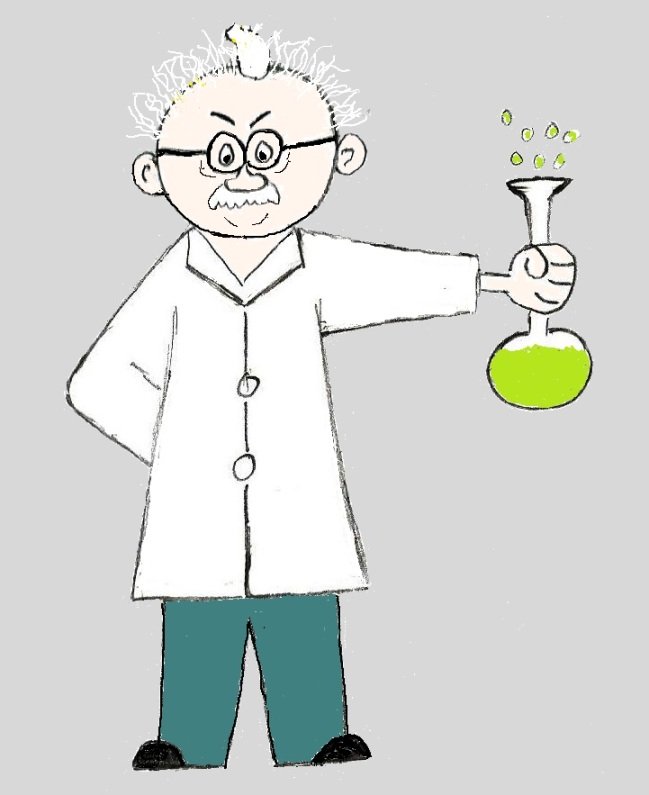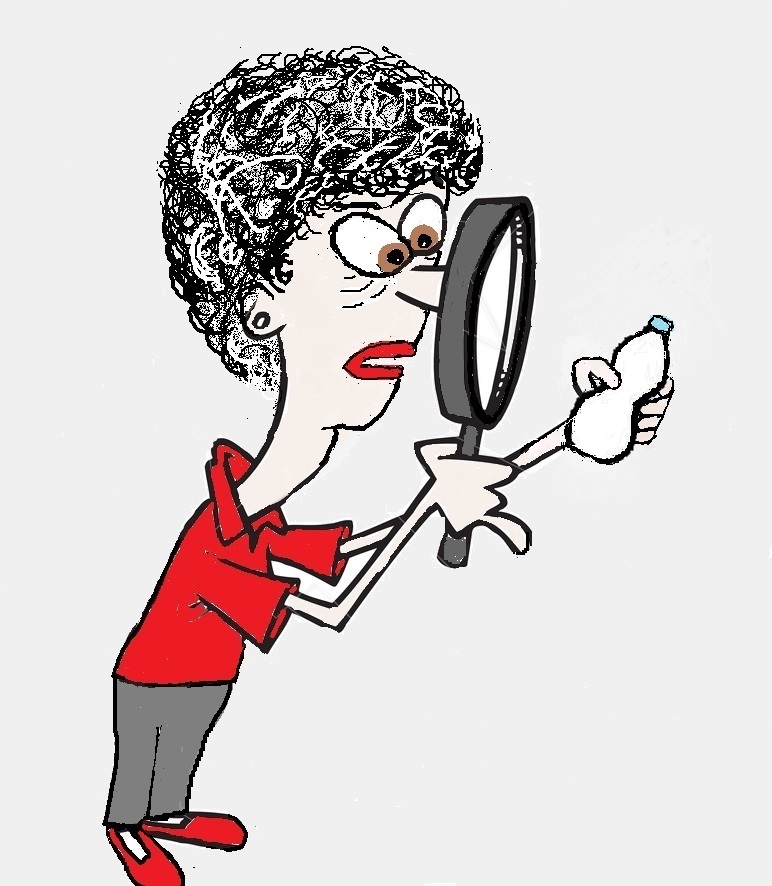- Home
- Toxic Chemicals in Personal Care
- Toxic Chemicals in Moisturizer
The Toxic Chemicals In Moisturizer

The toxic chemicals in moisturizer may give you soft, supple glowing skin, but at what cost? These benefits come with health risks because they expose you to several types of endocrine disrupters, carcinogens and skin absorbing enhancers.
Endocrine Disruptors in Moisturizers
Multiple types of endocrine disruptors can be found in one bottle of lotion. If you use multiple products on your skin, you’re then exposed multiple times to multiple endocrine disrupters.
Now you may be wondering if the small amount of these chemicals found in body lotion worth worrying about? When it comes to toxic chemicals that mess with your endocrine system, the answer is yes.
The endocrine system regulates your body’s functions through a network of glands (thyroid gland, ovaries, etc.) and the hormones (insulin, estrogen, etc.) they produce. Hormones bind to receptors in organs and tissues that recognize and respond to specific hormones.
Endocrine disruptors can take the place of your natural hormones, setting off similar chemical reactions in the body. They can even mess with your hormone levels or change the way hormones move throughout your body.
Now here’s the thing. The body is designed to respond to very low concentrations of hormones. This means exposure to even small amounts of endocrine disrupters can mess with your health.
Some of the health effects linked to endocrine disruptors are cancer, developmental problems, Parkinson’s and Alzheimer’s diseases, cardiovascular disease, diabetes, and possibly also obesity and the metabolic syndrome, infertility and subfertility.
And yes, these toxic chemicals in moisturizers and other personal care products do end up in your body. A 2017 study reported that using body lotion increased paraben levels in men 79–147%.
**Products with fragrance emit endocrine disrupting phthalates because this toxic chemical is used as a stabilizer and a carrier for fragrance. Phthalates don't show up on the ingredient list but it’s safe to assume that if you’re using something that contains fragrance, it probably contains phthalates.
Skin Absorbing Enhancers
Moisturizers only work when your skin can absorb them. And the more they are absorbed the more effective they are.
But, your skin provides an effective protective barrier for your body. So companies that make moisturizers add skin penetration enhancing chemicals to open this barrier up.
Makes sense, right? But there’s a big problem with skin absorbing enhancers.
When your protective barrier is open, toxic chemicals can also be more easily absorbed into your body. These chemicals can be found in many skin care products, including hand sanitizers.
In my opinion this group of skins absorbing enhancers are some of the more dangerous chemicals used in skin care products. First, they increase the absorption of toxic chemicals from the product you are using. Second, many are also endocrine disruptors and carcinogens.
Examples of Skin Absorption Enhancers include:
- Benzyl Salicylate
- Ceteareth-20
- Cyclopentasiloxane
- Homosalate
- Iron Oxides
- Lecithin
- Lilial
- Octinoxate
- Octisalate
- Oxybenzone
- Propylene glycol
- Urea
Silicones/Siloxanes
Siloxanes are silicone-based compounds that are used for their softening, smoothing, and moistening action. They are added to moisturizers to make them apply better and feel “silky” on the skin.
It’s been estimated that using personal care products exposes you to 307 milligrams of siloxanes every single day. The most common types of siloxanes used in moisturizer and other personal care products are octamethylcyclotetrasiloxane (D4), decamethylcyclopentasiloxane (D5) and dodecamethylcyclohexasiloxane (D6).
Polydimethylsiloxane (PDMS), more commonly known as dimethicone, is the most widely used silicone material in cosmetics and personal care. It’s used in a lot of rinse-off and leave-on products like moisturizers, shampoos, hair conditioners, and cosmetics. Dimethicone is made using D4 siloxane.
Little is known about the toxic effects of long-term exposure to low concentrations of siloxanes, as they first emerged as a priority environmental pollutant in 2010. But it is known that the least safe are cyclic siloxanes like D4, D5 and D6
Cyclic siloxanes like D5 are linked to reproductive impairment, liver changes, endocrine disruption, uterine cancers, neurological and immune effects and thyroid enlargement.
Toxic Chemicals in Moisturizer Not on the Label
Additional toxic chemicals in moisturizer that don’t appear on product labels can end up in creams and lotions through contamination. Contaminates are toxic residues left behind from the manufacturing process. And many contaminates are carcinogens.
A common cancer causing contaminate is 1,4-dioxane. 1,4-dioxane is an impurity in almost half of all personal care products. And it can be absorbed through your skin in toxic amounts.
It’s an unwanted byproduct of a processing method called ethoxylation used to reduce the risk of skin irritation from petroleum-based ingredients.
Toxic chemicals in moisturizer can also be created through the interaction of different chemicals in the products. An example is the reaction of Cocamide DEA with some preservatives in personal care products. This reaction results in the formation of cancer-causing nitrosamines.
Examples of Toxic Contaminants
|
BPA 1,4-Dioxane Ethylene oxide |
Hydroquinone Nirosamines Phthalates |
Another toxic chemical in moisturizers that doesn’t show up on the label is formaldehyde, a known carcinogen. While it can be added directly to products as a preservative, more often, other types of preservatives in moisturizer release small amounts of formaldehyde over time so the product doesn’t “spoil”.
The amount of formaldehyde that preservatives release into your personal care products depends on the type of preservative. For example, diazolidinyl urea releases the most formaldehyde of any preservative.
Also, the amount of formaldehyde released increases the longer products are stored and the higher the temperature that they're stored at.
There are 42 formaldehyde-releasing preservatives used in personal care products. The most common ones to avoid are:
- DMDM hydantoin,
- imidazolidinyl urea,
- diazolidinyl urea,
- polyoxymethylene urea,
- sodium hydroxymethylglycinate,
- quaternium-15,
- bromopol
- glyoxal.
Well, that's it for the bad news. The good news is the toxic chemicals in moisturizer can be easily avoided.
There are so many fabulous non toxic store-bought and homemade options available. Click on this link to learn what they are.
And to find out more about the toxic chemicals in personal care products check out these posts.






